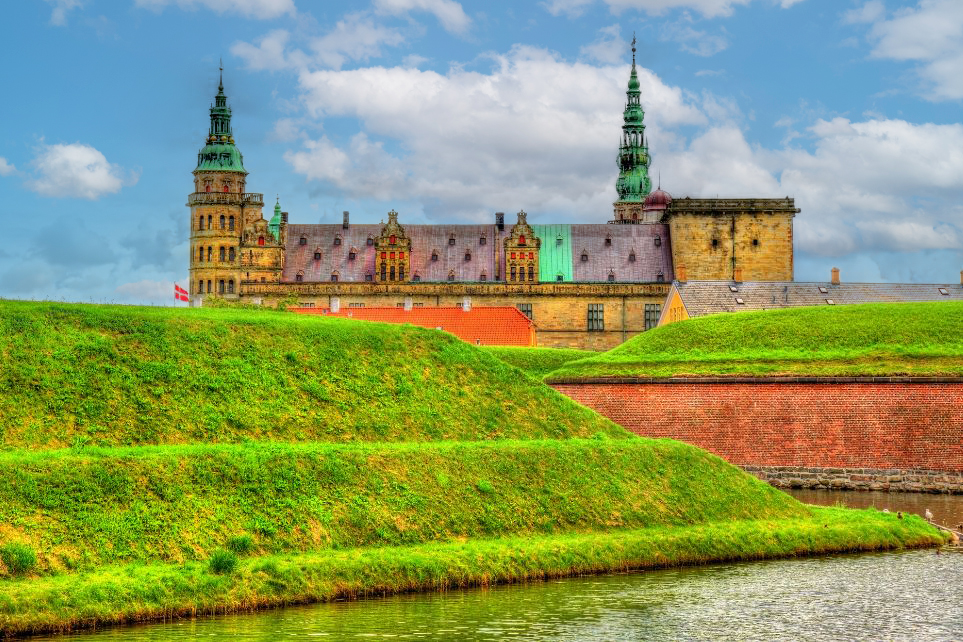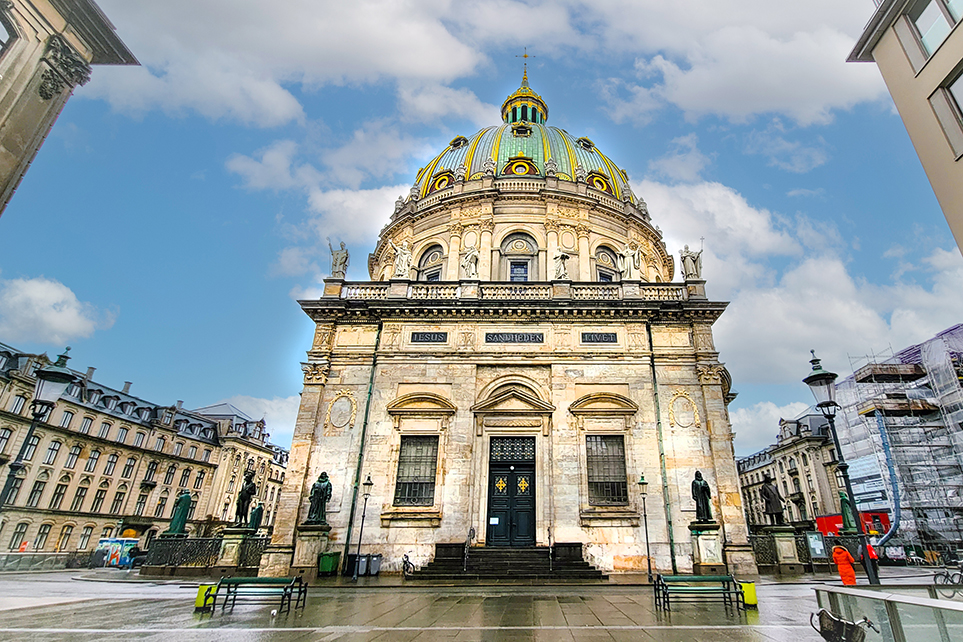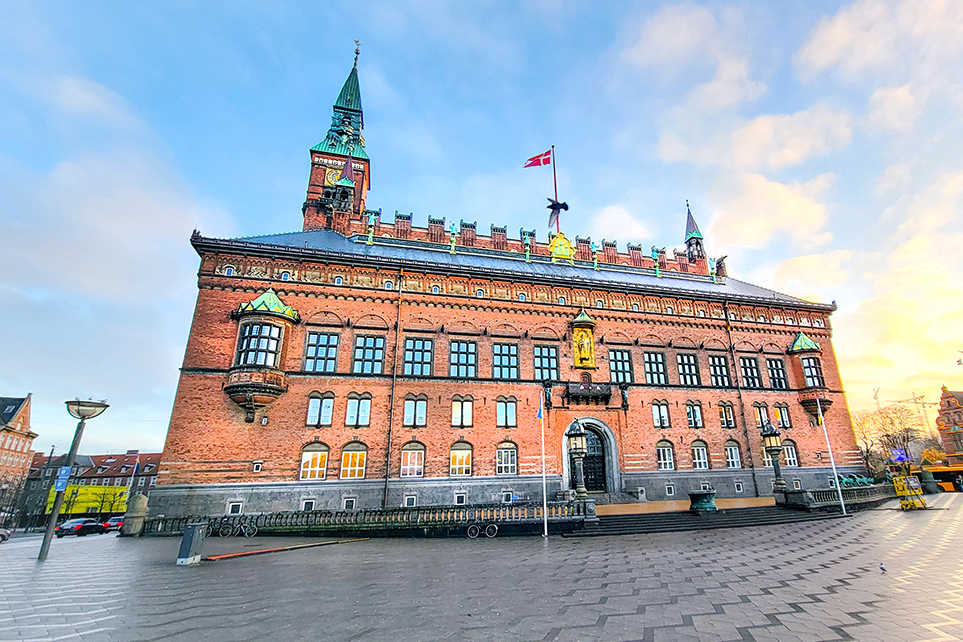Denmark
Although Denmark is one of the smallest Scandinavian countries, it once controlled much of northern Europe. Before then, it was the home base for fierce Viking warriors. Today, this Danish country remarkably adjusted well and is known as one of the friendliest countries in the world. With agriculture as its primary industry, technological innovation and focus on green energy is a big part of the economy and daily life.
Along with several UNESCO sites to visit, award-winning architecture to see, along with impeccable art exhibits and musical events to attend, the country has much to offer travelers.
The Danes pride themselves on being “hygge,” meaning extreme coziness. You will find restaurants’ décor in neutral tones with small intimate spaces, adding greenery to make your experience “hygge.”
All year long, you will find plenty of activities in Denmark, such as hiking in the Thy National Park, hunting for fossils on Mon’s white cliffs, climbing above the treetops at Camp Adventure, or setting sail on a Viking ship. So, if you are looking for adventure, Denmark has much to offer.
Denmark is a cashless country so be prepared to use credit cards.
Things to See and Do in Denmark
Typical Costs When Travelling
Accommodation – A hostel is the cheapest type of accommodation, spending around $30 per night for a shared room. Private room hostels will cost $100 per night. All hostels typically do not offer complimentary breakfast but do come with free Wi-Fi. The mid-range hotel will cost around $120 – $175 per night. My recommendation is to stay with an Airbnb, ranging from $135 – $200 per night. You can also find many boutique hotels offering room rates ranging from $180 – $250.
(Visit Hotels.com or Airbnb for accommodations)
Food – The Danish pride themselves on Nordic cuisine, offering a wide range of seafood such as cod, herring, and salmon. A typical sandwich known as smørrebrød is an open-faced sandwich with various types of meat, cheeses, and spreads offered to create a masterpiece.
Eating out is pricey no matter your meal. A meal at a local restaurant cost around $25- $35. For quick, cheaper options, visit Netto, Aldi, Lidl, or 7-11 for sandwiches, salads, and other great lunch options. Food trucks and food halls are popular in major cities. Expect to spend at least $15- $17 for a meal.
- (Use TripAdvisor when trying to locate a restaurant within your budget range)
- (Visit Travelzoo to find the best places to dine!)
Transportation – Public transportation in Denmark is clean, reliable, and safe. If you plan to stay in one of the major cities in Denmark, you will want to purchase the 24-hour City Pass through DOT, which starts at $12 and lets you hop on and off as much as you wish. Tickets for public transportation cost approximately $3.50 for a single fare.
Flixbus is the most common way to travel on a budget around Denmark (from city to city).
Although taxis are available, they are pricey! Expect to pay $50 from the airport to the city center.
Throughout the city, you will find most Danes getting around on bicycles. Donkey Republic rentals, as well as others are everywhere! Download the respective app, to unlock and pay for your rental when you end your ride at drop off locations throughout the city. A flexible ride for one hour will cost you $5, while two hours will cost you $9.
Activities – Denmark is perfect place if you love being outdoors. Mountain biking on off-road terrains is famous in Denmark. Camp Adventure is a great place for those that love to climb or want to swing from the lush green treetops. Due to the windy weather of Denmark and over 7,000 km of coastline it is the best spot for kite surfing. If camping or walking in nature is your thing, the country is dotted with incredible parks and gardens.
Suggested daily budget –In Denmark an average daily budget should be approximately $180-$200 per person, including hotel, transportation, meals, and sightseeing. For example, a two-week vacation for two people costs roughly $4,000, staying at mid-range hotels.
Money Saving Tips
Accommodations, eating out at restaurants, and exploring a few activities can quickly be expensive in Austria. Here are some helpful tips to help save you money when you visit:
What can I expect from Denmark?
- Language: The official language spoken in Denmark is Danish. In major cities, most also speak English.
- Currency: The currency in Denmark is the Danish Krone (DKK). The current exchange rate is 6.95 DKK = $1 USD. .
- Plugs: The plugs in Denmark are of types E and K. The standard voltage is 230 V, and the standard frequency is 50 Hz. Purchase a universal adapter to attach to your hairdryer and hot tools.
- Safety: Denmark is a safe country to visit. Denmark is the 5th safest country in the world, so violent incidents are rare. While cannabis is openly sold in Freetown Christiania, avoid buying drugs here. Always take precautions and beware of your surroundings.
- Credit Cards: Denmark is a cashless city! You can use a credit card for ALL services and restaurants.
- Vaccination Requirements: Please visit Tripsguard for updates on Denmark requirements.
- Weather: The weather in Denmark is mild, with warm and pleasant summers. Winter is wet, windy, and sometimes icy or snowy.
- Souvenirs: The best souvenirs to purchase while in Denmark is porcelain. Austria is also known for its Christmas merchandise, Danish vodka, Little Book of Hygge, Danish sweets and cookies.
November 10, 2021













